Home>Interior Design>How To Remove Rust From Stainless Steel: A Simple Guide
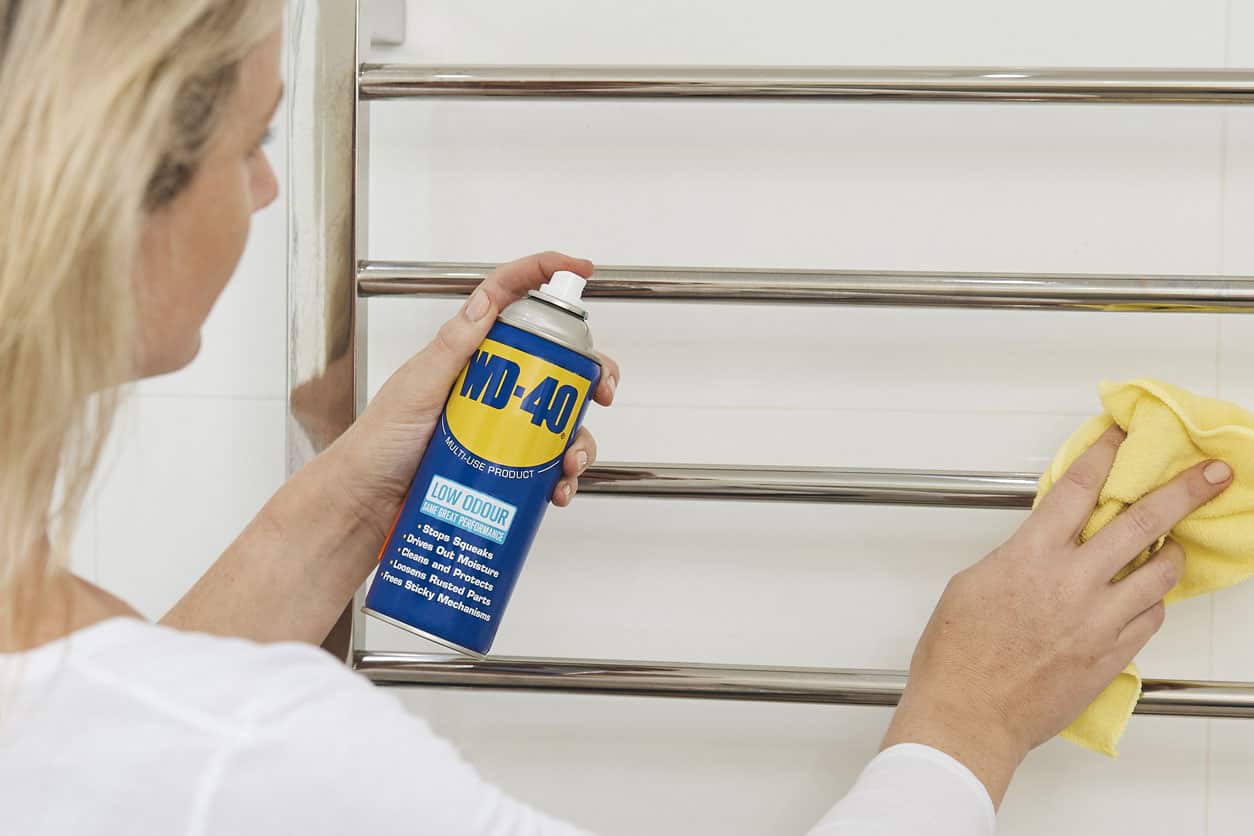

Interior Design
How To Remove Rust From Stainless Steel: A Simple Guide
Modified: January 19, 2024
Learn how to remove rust from stainless steel with this simple guide. Perfect for interior design projects.
(Many of the links in this article redirect to a specific reviewed product. Your purchase of these products through affiliate links helps to generate commission for Storables.com, at no extra cost. Learn more)
Introduction
Welcome to our comprehensive guide on how to remove rust from stainless steel surfaces. Rust can be unsightly and detrimental to the appearance and functionality of stainless steel, but with the right techniques and materials, you can effectively remove it and restore your stainless steel to its original shine.
Stainless steel is a popular choice for various applications, including kitchen appliances, furniture, and fixtures, due to its durability, corrosion resistance, and sleek appearance. However, despite its name, stainless steel is not completely immune to rust. Factors such as exposure to moisture, harsh chemicals, and other environmental elements can sometimes lead to the formation of rust on the surface of stainless steel.
Understanding the nature of rust and how to properly remove it is essential to maintaining the longevity and aesthetic appeal of your stainless steel items. In this guide, we will walk you through the step-by-step process of removing rust from stainless steel using various DIY methods and commercial products.
Before we delve into the specific techniques, it’s important to mention that prevention is always better than cure when it comes to rust. Regular cleaning and maintenance of your stainless steel items can significantly reduce the likelihood of rust formation. However, if you’ve already noticed rust spots on your stainless steel, fear not! The following methods will help you effectively remove the rust and restore the pristine condition of your stainless steel.
Key Takeaways:
- Understanding the nature of rust and preparing the area before removing it are crucial steps in effectively restoring the shine and longevity of stainless steel surfaces. Prevention and proper cleaning techniques can significantly reduce the likelihood of rust formation.
- From natural remedies like baking soda, white vinegar, and lemon juice to commercial rust removers, there are various effective methods for removing rust from stainless steel. Following up with preventive measures can help maintain the pristine condition of stainless steel items.
Read more: How To Remove Rust From Stainless Steel Sink
Understanding Rust
Before diving into the process of removing rust from stainless steel, it’s important to have a basic understanding of rust and how it forms. Rust is the common term for a compound called iron oxide, which is formed when iron or steel comes into contact with oxygen and moisture.
Stainless steel is an alloy that contains a significant amount of chromium. The chromium in stainless steel creates a protective layer on the surface that helps to prevent the formation of rust. However, this protective layer can be compromised by factors such as scratches, exposure to corrosive substances, or prolonged contact with moisture.
When the protective layer is damaged, oxygen from the air combines with iron in the stainless steel, forming iron oxide or rust. Rust not only affects the appearance of the stainless steel but can also weaken its structural integrity over time if left untreated.
It’s important to note that although stainless steel is highly resistant to corrosion, it is not entirely immune to rust. Various factors, including the quality of the stainless steel, the environment it is exposed to, and the level of maintenance, can contribute to the formation of rust.
Now that we have a basic understanding of rust and its formation on stainless steel, let’s move on to preparing the area before starting the rust removal process.
Preparing the Area
Before you begin the process of removing rust from stainless steel, it’s important to properly prepare the area to ensure an effective and safe cleaning process. Here are a few steps you should follow to prepare the area:
- Clear the area: Remove any objects or items around the stainless steel surface that could hinder the cleaning process. This will give you ample space to work and prevent any accidental damage to surrounding objects.
- Protect adjacent surfaces: If the stainless steel surface is located near other surfaces or materials that could be affected by the cleaning agents or techniques you will be using, it’s important to protect them. Cover nearby surfaces with plastic sheets or masking tape to prevent any accidental damage.
- Ventilation: Ensure that the area has proper ventilation to prevent the buildup of fumes or odors from the cleaning agents you will be using. Open windows or doors or use a fan to provide adequate airflow.
- Wear protective gear: To ensure your safety during the rust removal process, it’s important to wear appropriate protective gear. This may include gloves, safety goggles, and a mask to protect against any potential chemical splashes or inhalation of fumes.
By following these simple steps to prepare the area, you can create a safe and efficient environment for removing rust from stainless steel. Now that the area is prepped, let’s move on to gathering the necessary materials for the rust removal process.
Gather Necessary Materials
Before you can start removing rust from stainless steel, it’s important to gather all the necessary materials. Having these materials on hand will ensure a smooth and effective rust removal process. Here are the materials you will need:
- Baking soda: Baking soda is a versatile household item that can be used to create a paste for rust removal.
- White vinegar: White vinegar is a mild acid that can help break down rust and dissolve it from the surface.
- Lemon juice: Lemon juice contains citric acid, which has rust-fighting properties and can be used in combination with other ingredients.
- Salt: Salt acts as an abrasive and can help remove rust when combined with other ingredients.
- Commercial rust remover: There are various commercial rust remover products available in the market that are specifically designed to remove rust from stainless steel.
- Soft-bristle brush or sponge: A soft-bristle brush or sponge will be used to scrub the surface and remove the rust stains.
- Microfiber cloth or towel: A microfiber cloth or towel is recommended for drying the surface and ensuring a streak-free finish.
- Protective gloves: It’s important to protect your hands from the cleaning agents and potential abrasions during the rust removal process.
- Safety goggles: Safety goggles will protect your eyes from any potential splashes or debris.
- Mask: A mask will help protect your lungs from inhaling any fumes or particles released during the rust removal process.
By gathering these materials in advance, you will have everything you need to effectively remove rust from stainless steel. Now that you have the materials ready, let’s move on to the step-by-step process of removing rust.
Step 1: Cleaning the Surface
The first step in removing rust from stainless steel is to clean the surface thoroughly. This will help remove any dirt, debris, or loose rust particles that may be present on the surface. Here’s how you can clean the surface:
- Remove any loose debris: Use a soft-bristle brush or a damp cloth to remove any loose rust particles or debris from the surface. Be gentle to avoid scratching the stainless steel.
- Use warm soapy water: Prepare a solution of warm water and mild dish soap. Dip a sponge or cloth into the soapy water and gently scrub the surface of the stainless steel. This will help remove any dirt or grime buildup.
- Rinse with clean water: After scrubbing the surface, rinse it thoroughly with clean water to remove any soap residue. Make sure to rinse off all the cleanser to prepare the surface for the next step of rust removal.
- Dry the surface: Use a clean microfiber cloth or towel to dry the surface completely. It’s important to ensure that the stainless steel is completely dry before moving on to the next step.
By thoroughly cleaning the surface, you’ll create an optimal condition for the rust removal process. This step will remove any loose rust particles and dirt, allowing the subsequent rust removal techniques to be more effective. Now that the surface is clean, let’s move on to step 2: removing rust with a baking soda paste.
Step 2: Removing Rust with Baking Soda Paste
Baking soda is a versatile household ingredient that can be effective in removing rust stains from stainless steel surfaces. It acts as a gentle abrasive and can help lift the rust from the surface. Here’s how you can use baking soda to remove rust:
- Create a baking soda paste: In a small bowl, mix baking soda with water to create a thick paste. The consistency should be similar to toothpaste.
- Apply the paste to the rusted area: Using a soft cloth or sponge, apply the baking soda paste directly onto the rusted area. Make sure to cover the entire rust stain with a generous amount of the paste.
- Leave it to work: Allow the baking soda paste to sit on the rusted area for about 15-20 minutes. This will give the baking soda time to penetrate the rust and loosen it from the stainless steel surface.
- Scrub the surface: After the paste has had time to work, use a soft-bristle brush or sponge to gently scrub the rusted area. Apply light pressure and move in circular motions. The baking soda paste will help lift the rust particles from the stainless steel.
- Rinse and dry: Once you’ve scrubbed the rusted area, rinse it thoroughly with clean water. Make sure to remove all traces of the baking soda paste. Finally, use a clean microfiber cloth or towel to dry the surface.
Using a baking soda paste is an effective and gentle method for removing rust from stainless steel. It’s important to note that baking soda may not be suitable for removing heavily embedded or stubborn rust stains. In such cases, you can move on to the next step, which involves using white vinegar. Let’s explore how to remove rust with white vinegar in step 3.
Use a mixture of baking soda and water to create a paste, then apply it to the rusted area and scrub with a soft-bristled brush. Rinse and dry thoroughly.
Step 3: Removing Rust with White Vinegar
White vinegar is a mild acid that can help dissolve rust and restore the shine to your stainless steel surface. Here’s how you can use white vinegar to remove rust:
- Prepare a vinegar solution: In a container, mix equal parts of white vinegar and water to create a solution. The amount of solution needed will depend on the size of the rusted area.
- Soak the rusted area: Submerge the rusted portion of the stainless steel in the vinegar solution, making sure it is completely covered. If the item cannot be submerged, soak a cloth or paper towel with the vinegar solution and place it directly on the rusted area.
- Allow it to soak: Let the vinegar solution sit on the rusted area for around 30 minutes to an hour. This will give the acid time to break down the rust.
- Scrub the surface: After the soaking time, use a soft-bristle brush or sponge to gently scrub the rusted area. Apply light pressure and scrub in circular motions to help remove the rust particles.
- Rinse and dry: Once you’ve scrubbed the rusted area, rinse it thoroughly with clean water to remove any vinegar residue. Dry the surface with a clean microfiber cloth or towel.
White vinegar is an effective and natural solution for removing rust from stainless steel. However, keep in mind that it may take multiple applications or additional techniques for stubborn rust stains. Now that you’ve learned how to remove rust with white vinegar, let’s move on to step 4: using lemon juice and salt.
Step 4: Using Lemon Juice and Salt
Lemon juice and salt are a powerful combination that can help remove rust from stainless steel. The citric acid in lemon juice acts as a natural cleaner and, when combined with salt, creates a gentle abrasive that can help break down rust stains. Here’s how you can use lemon juice and salt to remove rust:
- Squeeze fresh lemon juice: Cut a lemon in half and squeeze out the juice. Alternatively, you can use bottled lemon juice if fresh lemons are not available.
- Create a lemon juice and salt paste: In a small bowl, combine lemon juice with an equal amount of salt. Mix well to create a thick paste.
- Apply the paste to the rusted area: Using a soft cloth or sponge, apply the lemon juice and salt paste directly onto the rusted area. Ensure that the entire rust stain is covered with the paste.
- Leave it to work: Allow the paste to sit on the rusted area for about 30 minutes. The acidity of the lemon juice and the abrasive action of the salt will help break down the rust.
- Scrub the surface: After the paste has had time to work, use a soft-bristle brush or sponge to gently scrub the rusted area. Apply light pressure and scrub in circular motions to help remove the rust stains.
- Rinse and dry: Once you’ve scrubbed the rusted area, rinse it thoroughly with clean water to remove any residual lemon juice and salt. Dry the surface using a clean microfiber cloth or towel.
The combination of lemon juice and salt can be an effective and natural solution for removing rust stains from stainless steel. However, if the rust stains persist, you may need to consider using a commercial rust remover. Let’s explore that option in step 5.
Step 5: Removing Stubborn Rust with Commercial Rust Remover
If the rust stains on your stainless steel surface are stubborn and resistant to DIY methods, using a commercial rust remover can be an effective solution. These products are specifically designed to tackle tough rust stains and can provide excellent results. Here’s how to remove stubborn rust with a commercial rust remover:
- Select a suitable commercial rust remover: Choose a rust remover that is formulated specifically for stainless steel surfaces. Look for a product with positive customer reviews and follow the manufacturer’s instructions for best results.
- Read and follow the instructions: Before using the rust remover, carefully read and follow the instructions provided on the product packaging. This will ensure that you use the product correctly and safely.
- Apply the rust remover: Following the instructions on the bottle, apply the commercial rust remover directly to the rusted area. Use a brush or sponge to evenly distribute the product over the rust stains.
- Leave it to work: Allow the rust remover to sit on the rusted area for the recommended amount of time specified by the manufacturer. This will give the product sufficient time to break down the rust stains.
- Scrub or wipe off the rust: After the recommended waiting period, use a soft-bristle brush or sponge to gently scrub the rusted area. Alternatively, you may be able to simply wipe away the rust with a clean cloth, depending on the product instructions.
- Rinse and dry: Once the rust has been removed, rinse the area thoroughly with clean water to remove any residual rust remover. Dry the surface using a clean microfiber cloth or towel to prevent new rust from forming.
Commercial rust removers can be highly effective in tackling stubborn rust stains on stainless steel surfaces. However, always use them according to the instructions provided and take necessary safety precautions. With the rust removed, it’s important to take steps to prevent future rusting, which we will cover in the next step.
Step 6: Preventing Future Rust
Now that you have successfully removed the rust from your stainless steel surface, it’s important to take preventive measures to avoid future rusting. Here are some tips to help you prevent rust from reoccurring:
- Regular cleaning: Establish a routine for regular cleaning of your stainless steel items. Use mild soap and water to clean the surface, and dry it thoroughly to prevent moisture buildup.
- Avoid harsh chemicals: Avoid using abrasive cleaners, bleach, or other harsh chemicals on your stainless steel surfaces. These can damage the protective layer and make the stainless steel more prone to rusting.
- Protective coatings: Consider applying a protective coating or sealant to your stainless steel surfaces. This can help create an additional barrier against moisture and prevent rust formation.
- Avoid prolonged exposure to moisture: Stainless steel can still rust when exposed to prolonged moisture. Wipe off any spills or standing water promptly to prevent moisture from sitting on the surface.
- Avoid abrasive materials: When cleaning stainless steel, avoid using abrasive materials like steel wool or harsh scrub brushes, as they can scratch the surface and create potential areas for rust to develop.
- Regular maintenance: Inspect your stainless steel items regularly for any signs of rust or damage. Address any issues promptly to prevent them from worsening.
By following these preventive measures, you can prolong the life and appearance of your stainless steel items and minimize the risk of future rust formation. Remember, prevention is key when it comes to rust, so taking proactive steps to maintain your stainless steel surfaces is crucial.
Now that you have learned the step-by-step process of removing rust and preventing its reoccurrence, you are well-equipped to tackle rust on your stainless steel surfaces. Enjoy the renewed shine and beauty of your stainless steel items!
Conclusion
Rust can be a persistent and unsightly problem on stainless steel surfaces, but with the right techniques and materials, you can effectively remove it and restore the original shine. In this comprehensive guide, we have provided you with a step-by-step process to remove rust from stainless steel, along with tips for preventing future rusting.
From cleaning the surface to using baking soda paste, white vinegar, lemon juice and salt, and even commercial rust removers, you now have a range of options to tackle rust stains on stainless steel. Each method offers its own benefits and can be used depending on the severity of the rust and the materials you have on hand.
It’s important to note that prevention is key when it comes to rust. Regular cleaning, avoiding harsh chemicals, and promptly addressing any spills or moisture can significantly reduce the likelihood of rust formation. Additionally, applying protective coatings or sealants and practicing regular maintenance can further safeguard your stainless steel surfaces.
By following the steps outlined in this guide and taking preventive measures, you can keep your stainless steel items looking their best and prolong their lifespan. Whether it’s kitchen appliances, furniture, or fixtures, maintaining a rust-free stainless steel surface will enhance both the beauty and functionality of your space.
Remember to always read and follow the instructions on any cleaning products or rust removers you use, and take necessary safety precautions to protect yourself and the surrounding environment.
We hope that this guide has been helpful in providing you with the knowledge and tools to confidently remove rust from your stainless steel surfaces. Enjoy the renewed shine and beauty of your stainless steel items for years to come!
Frequently Asked Questions about How To Remove Rust From Stainless Steel: A Simple Guide
Was this page helpful?
At Storables.com, we guarantee accurate and reliable information. Our content, validated by Expert Board Contributors, is crafted following stringent Editorial Policies. We're committed to providing you with well-researched, expert-backed insights for all your informational needs.
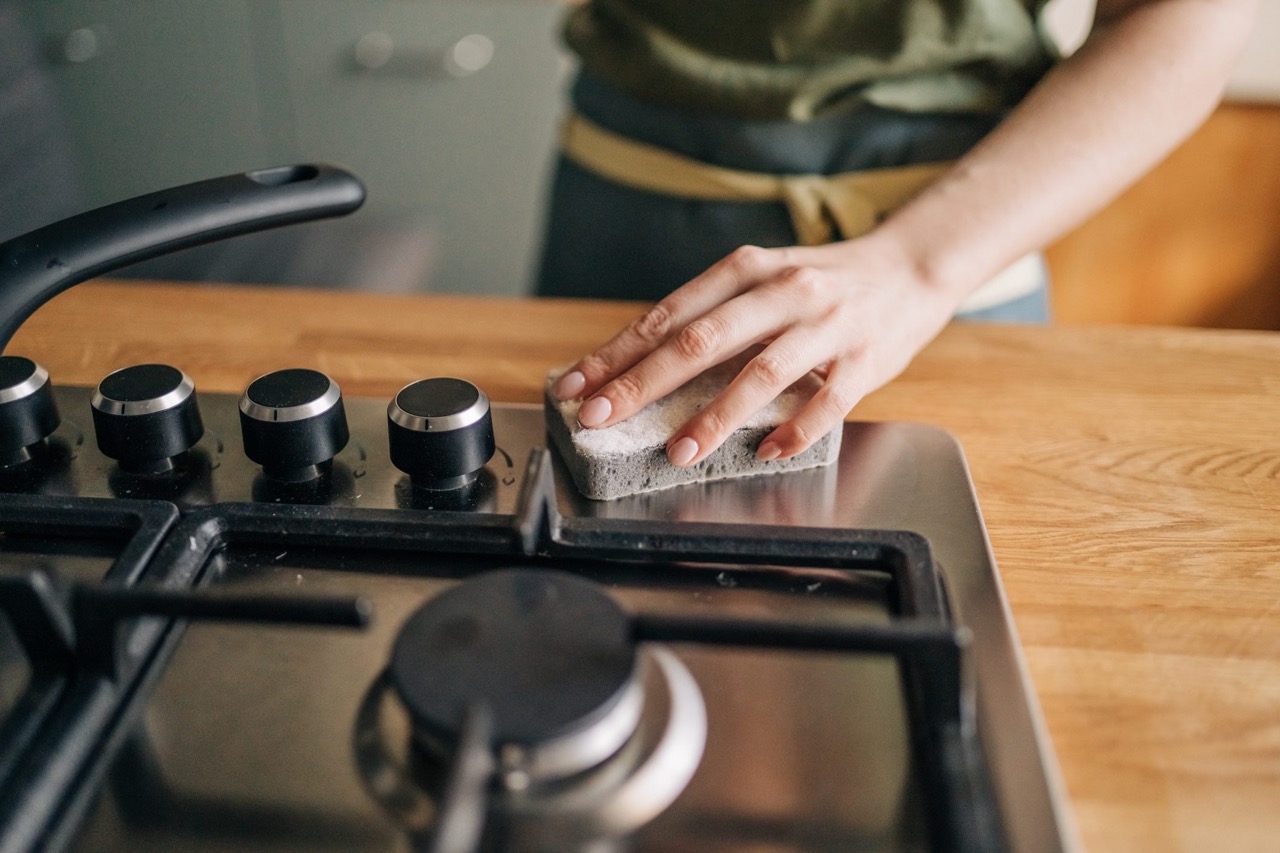
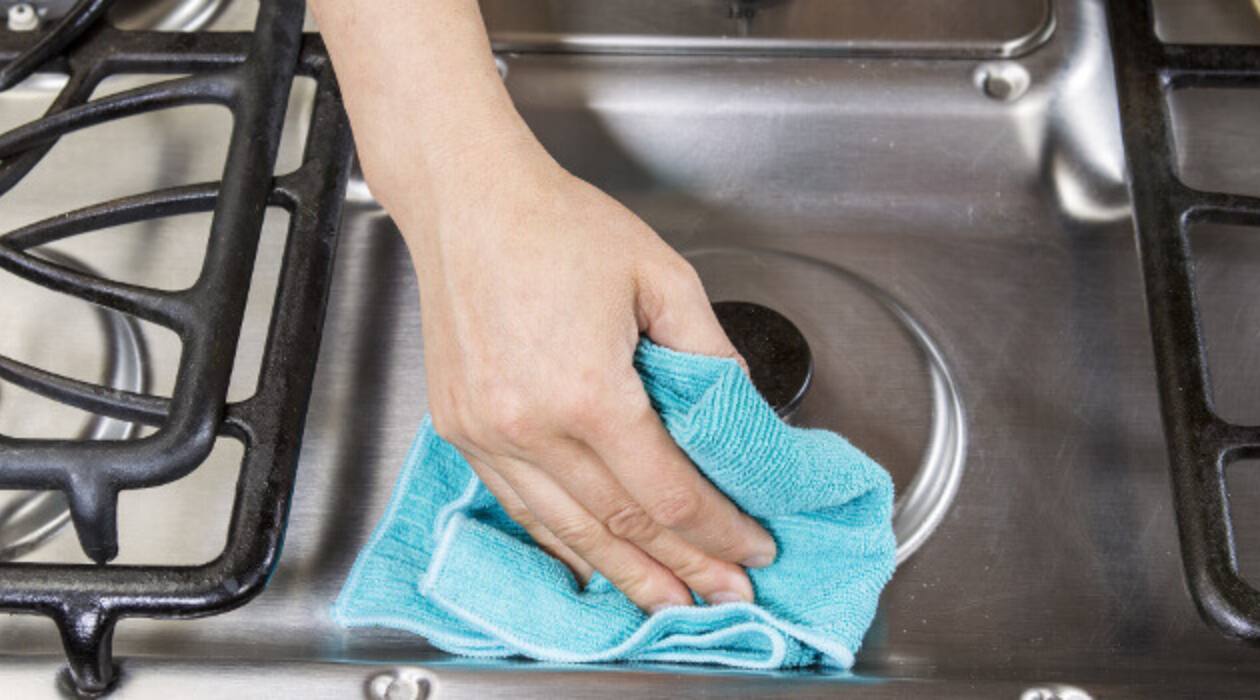
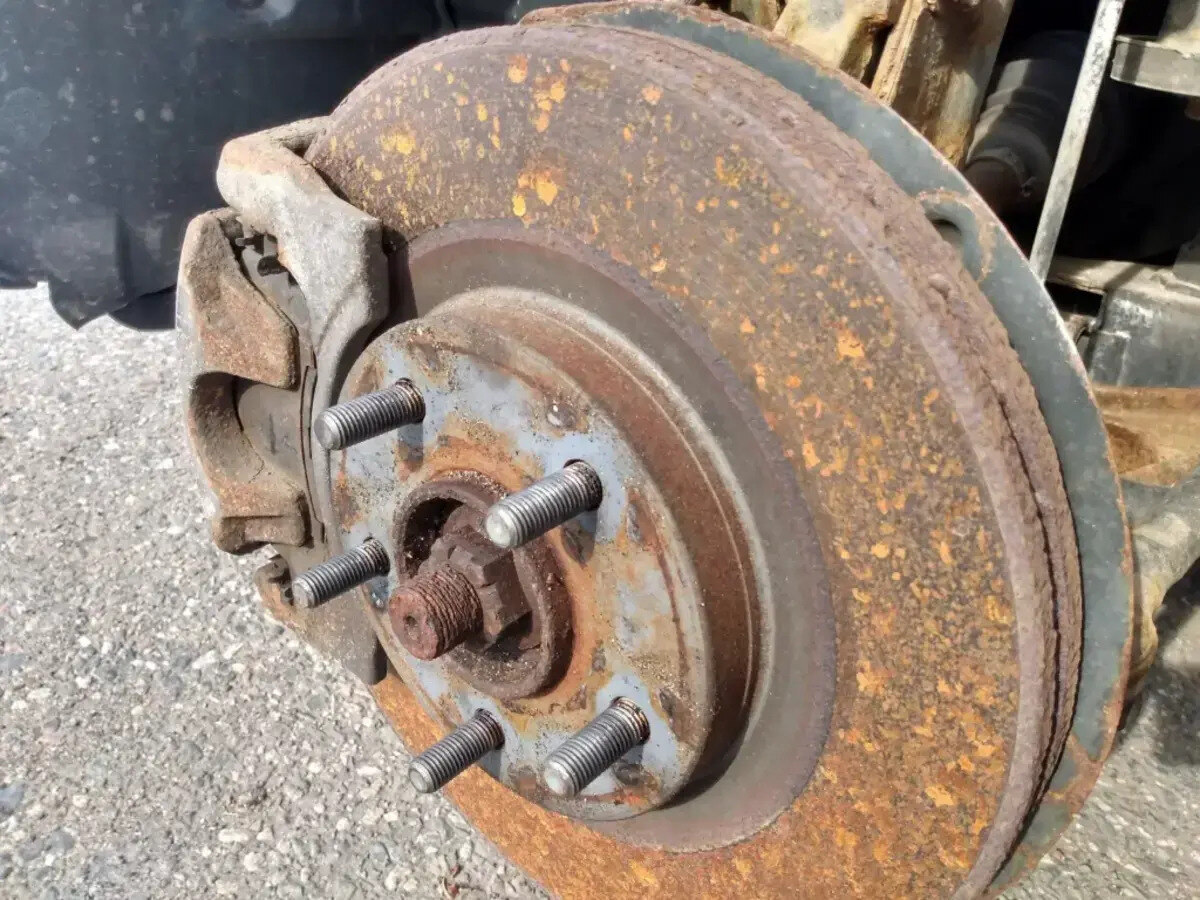
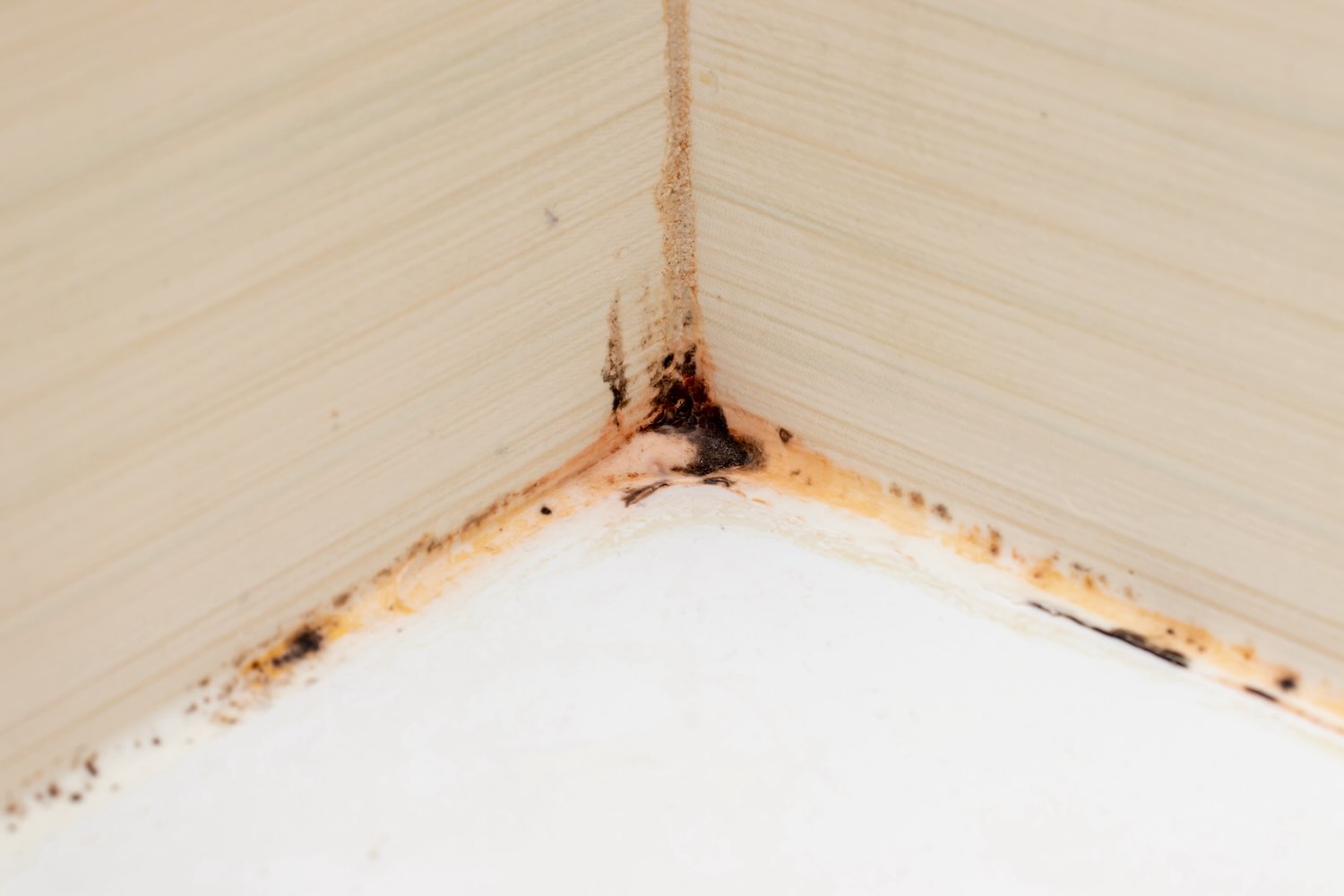

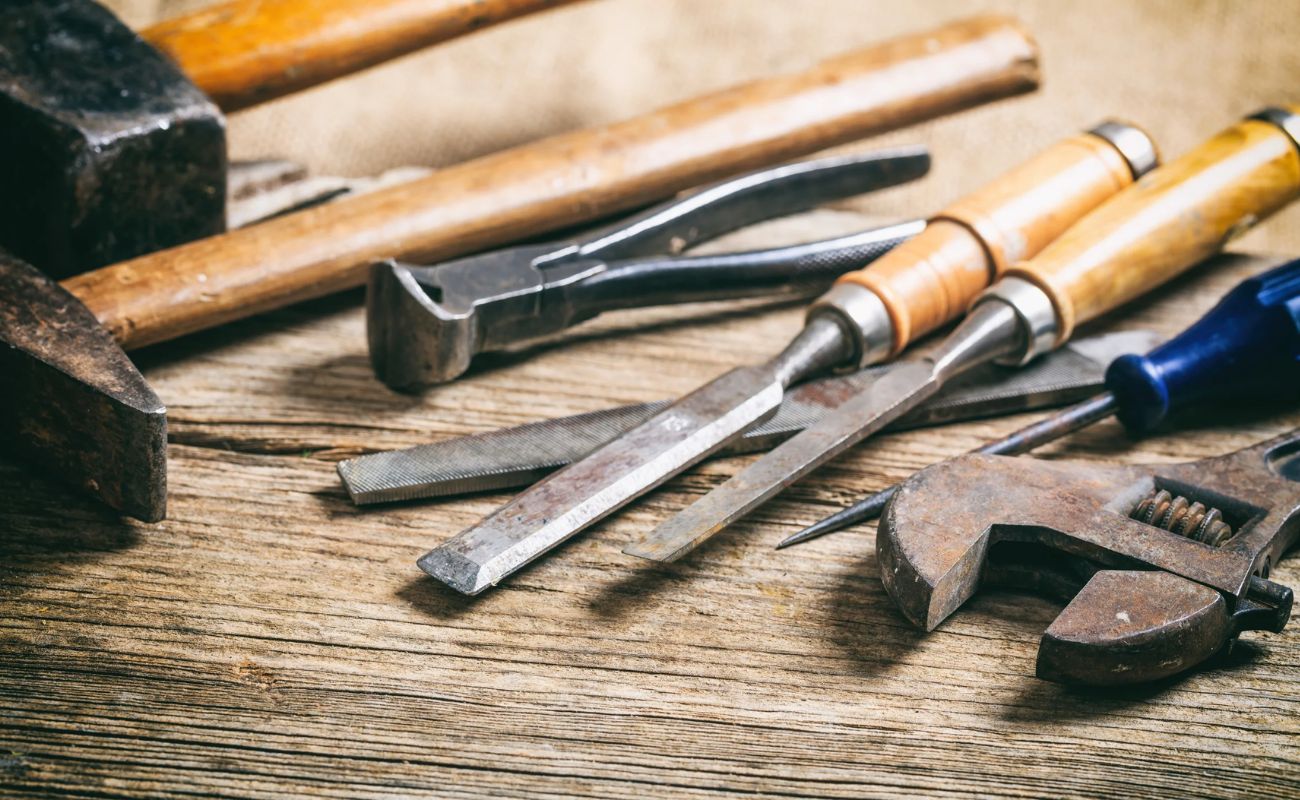
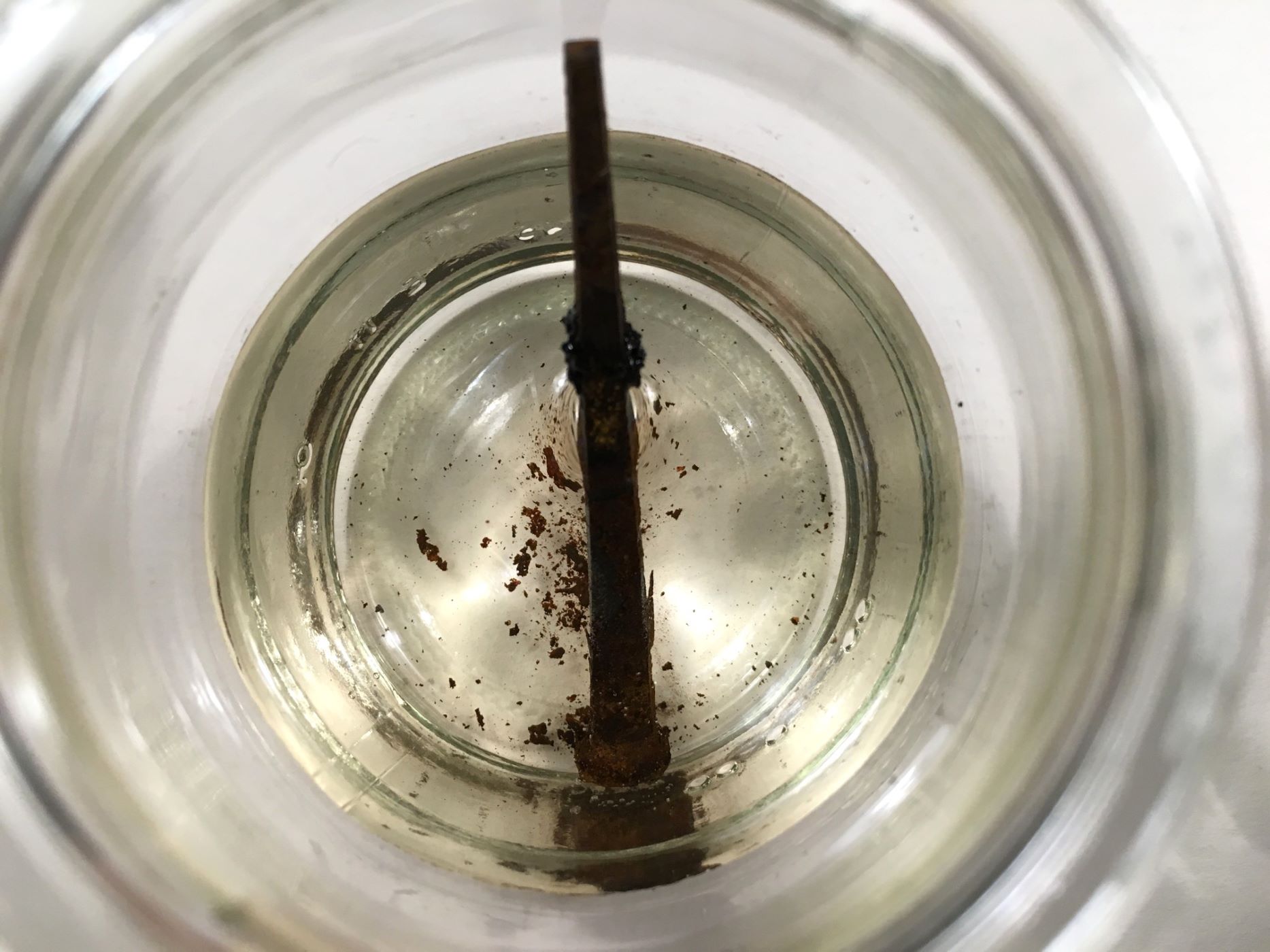
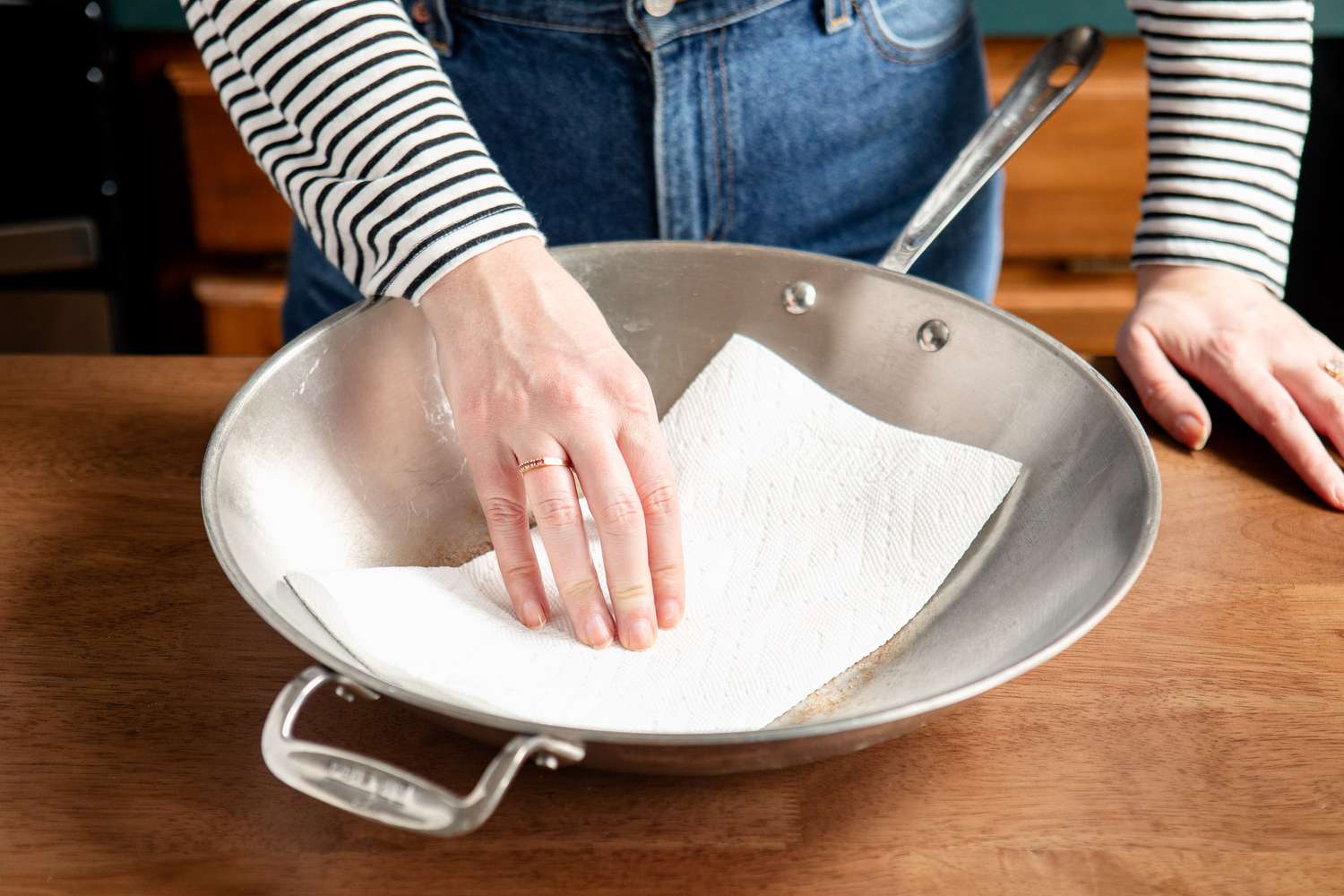
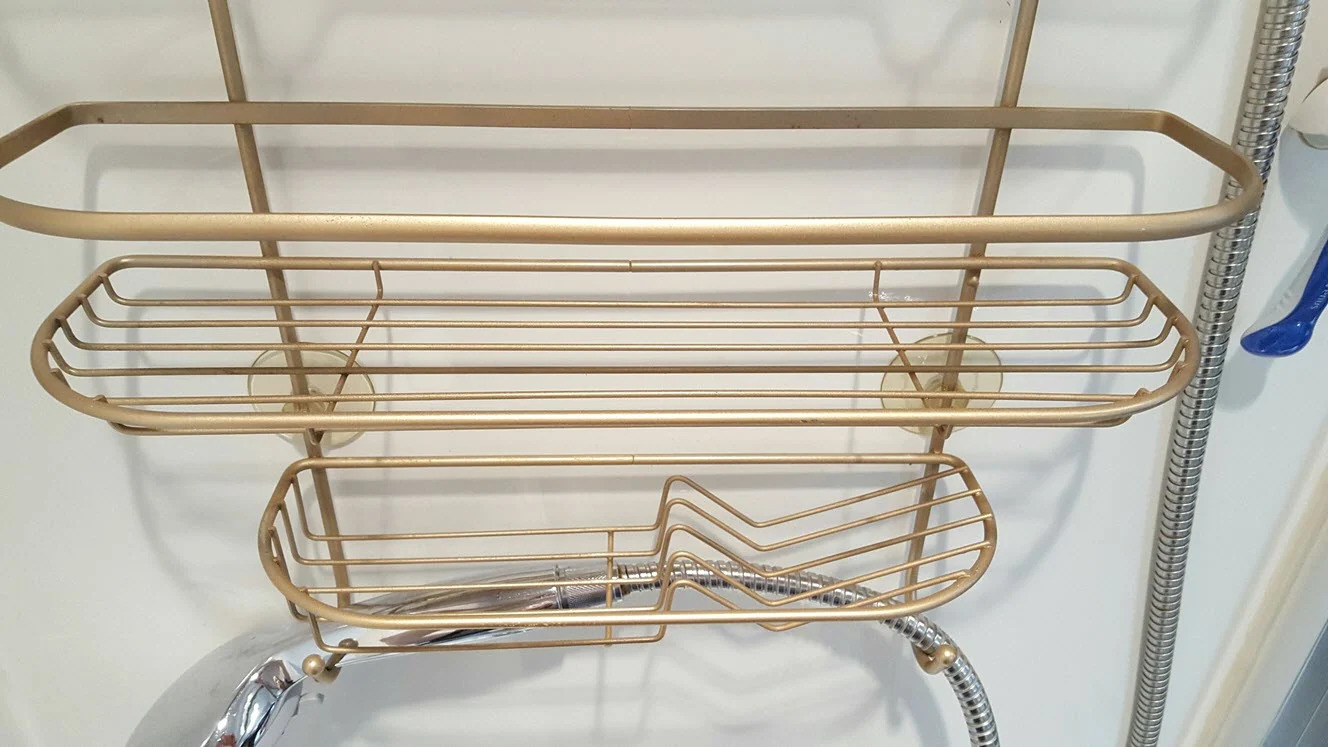
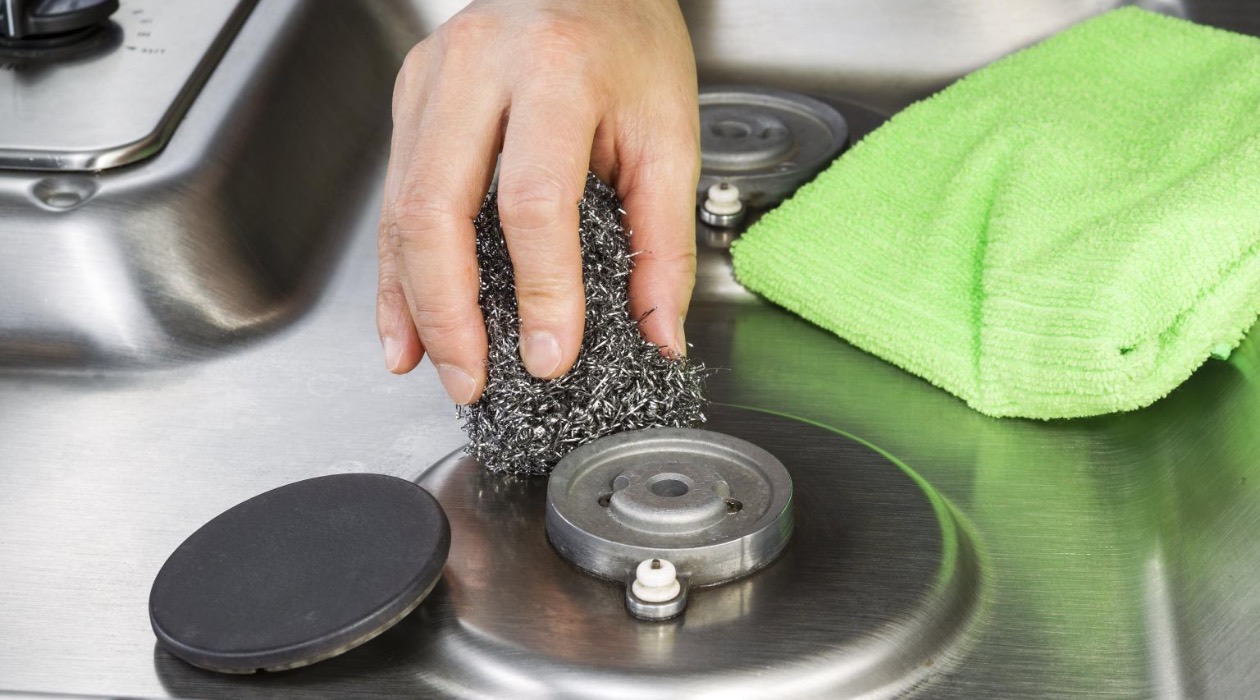
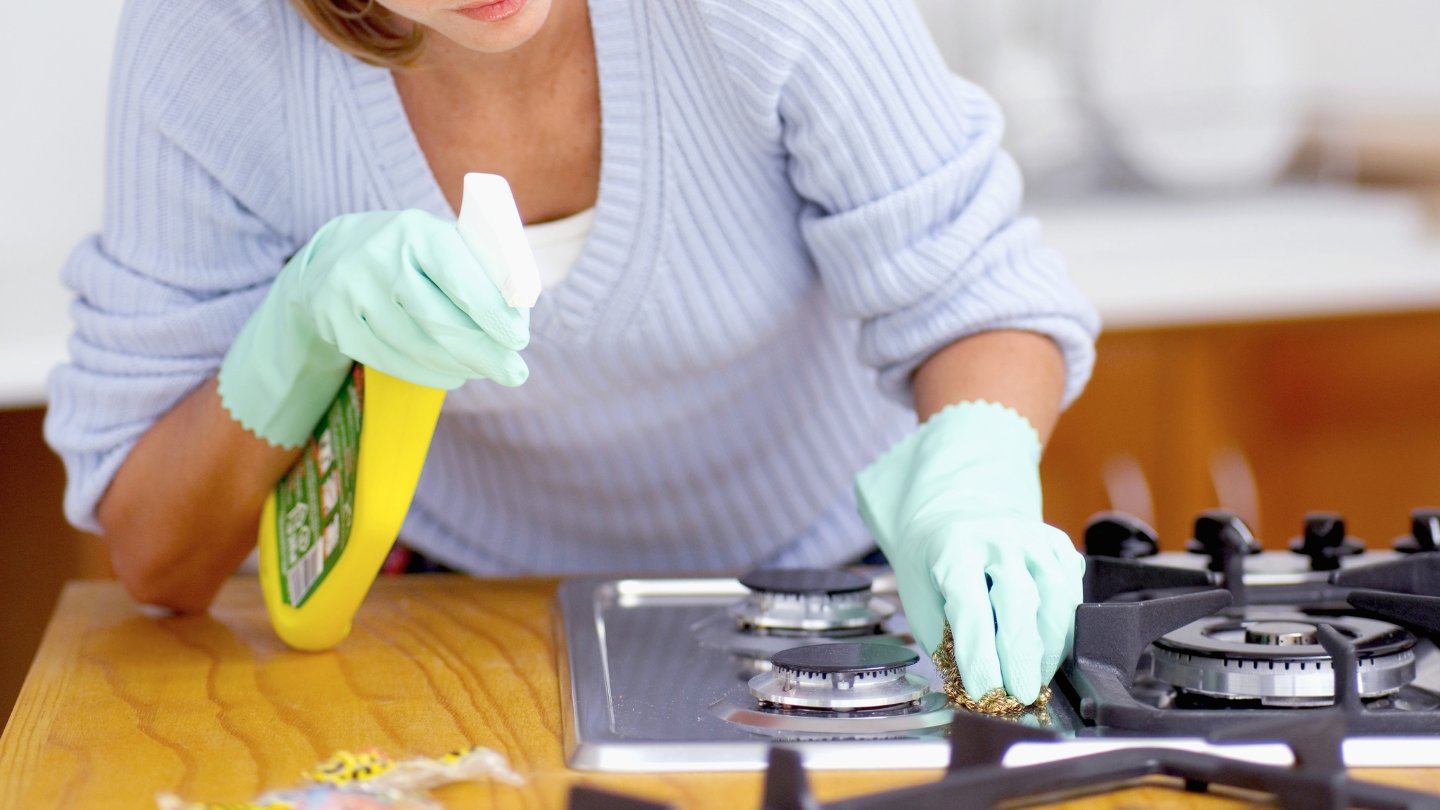
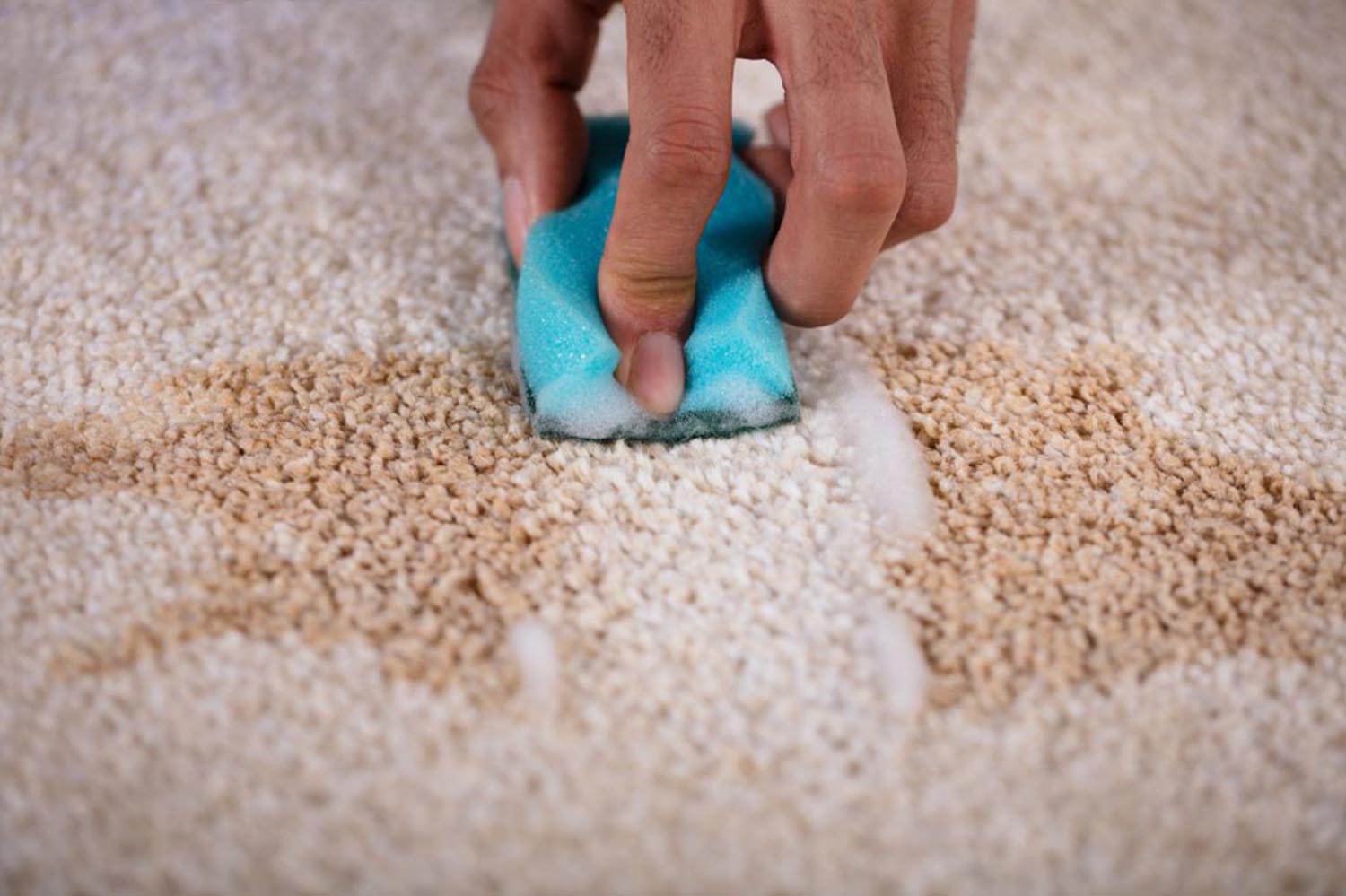
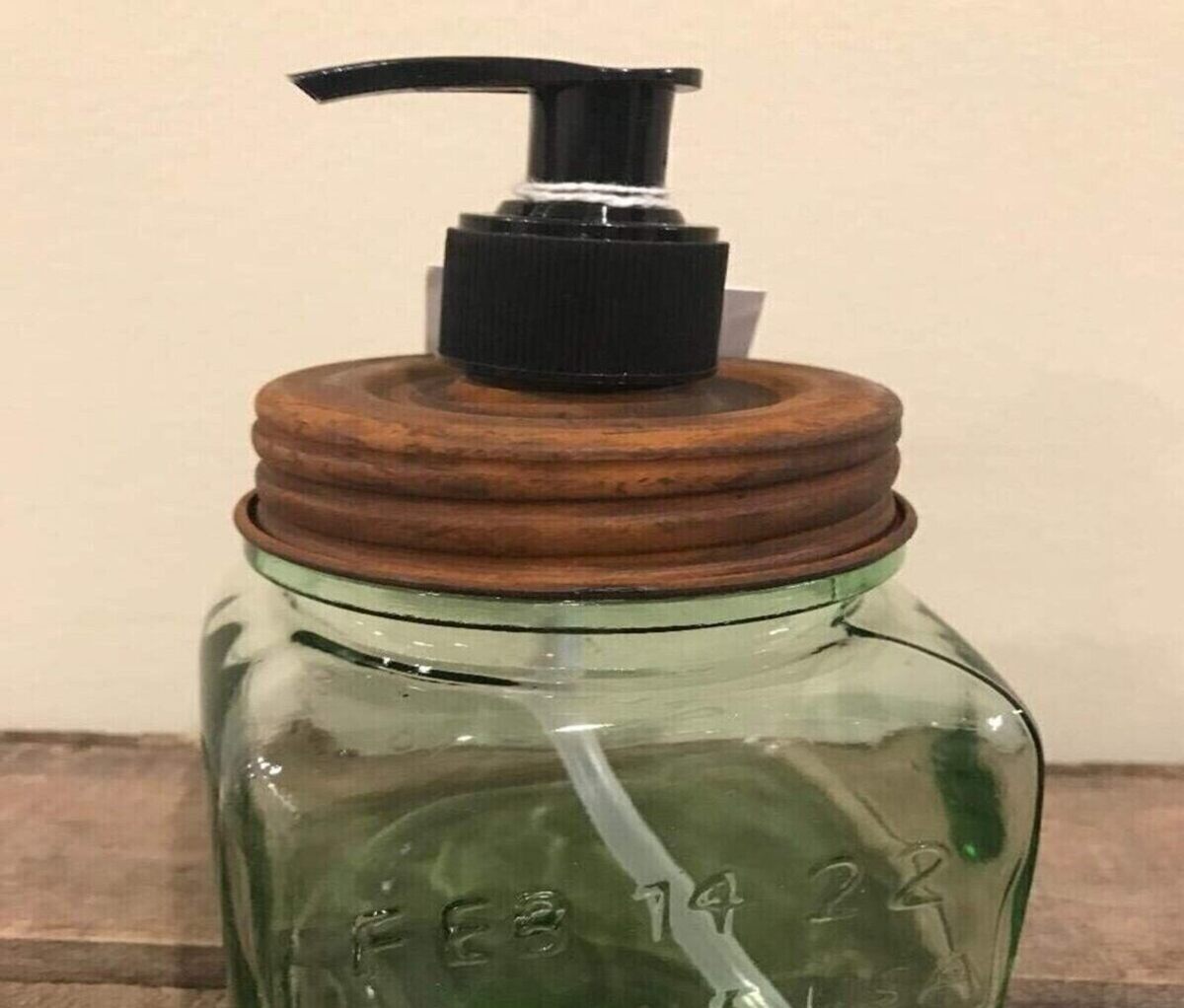

0 thoughts on “How To Remove Rust From Stainless Steel: A Simple Guide”